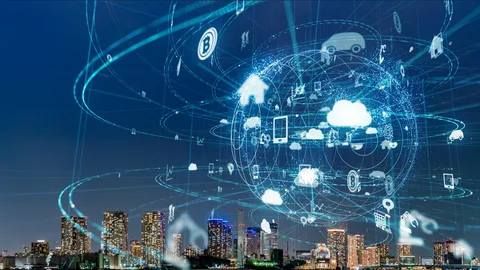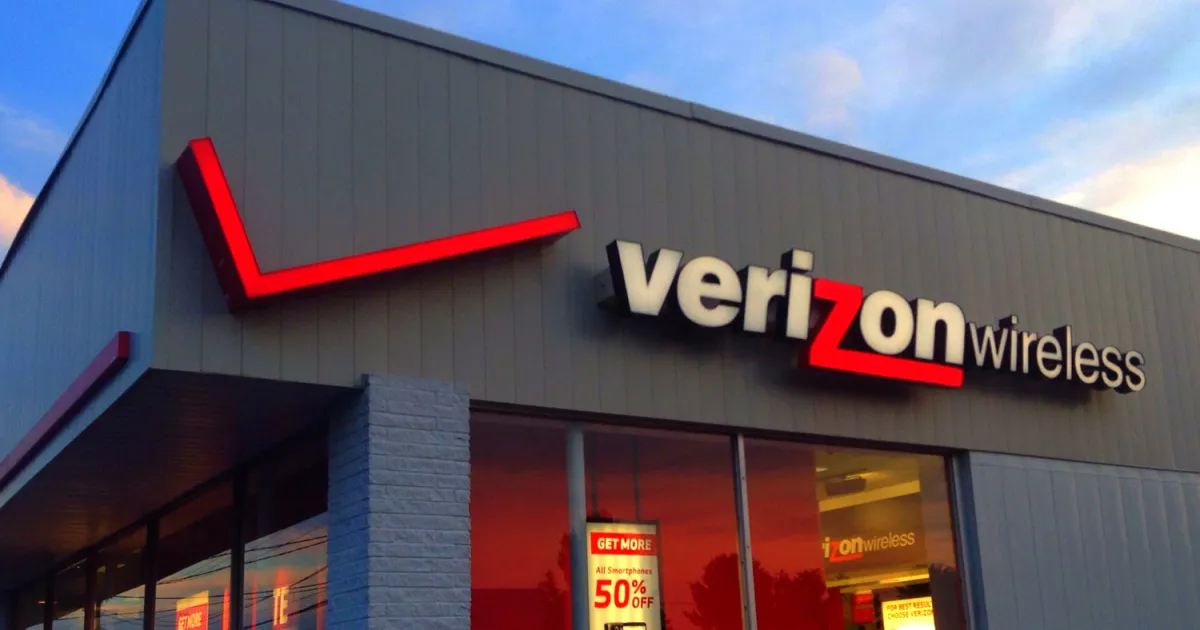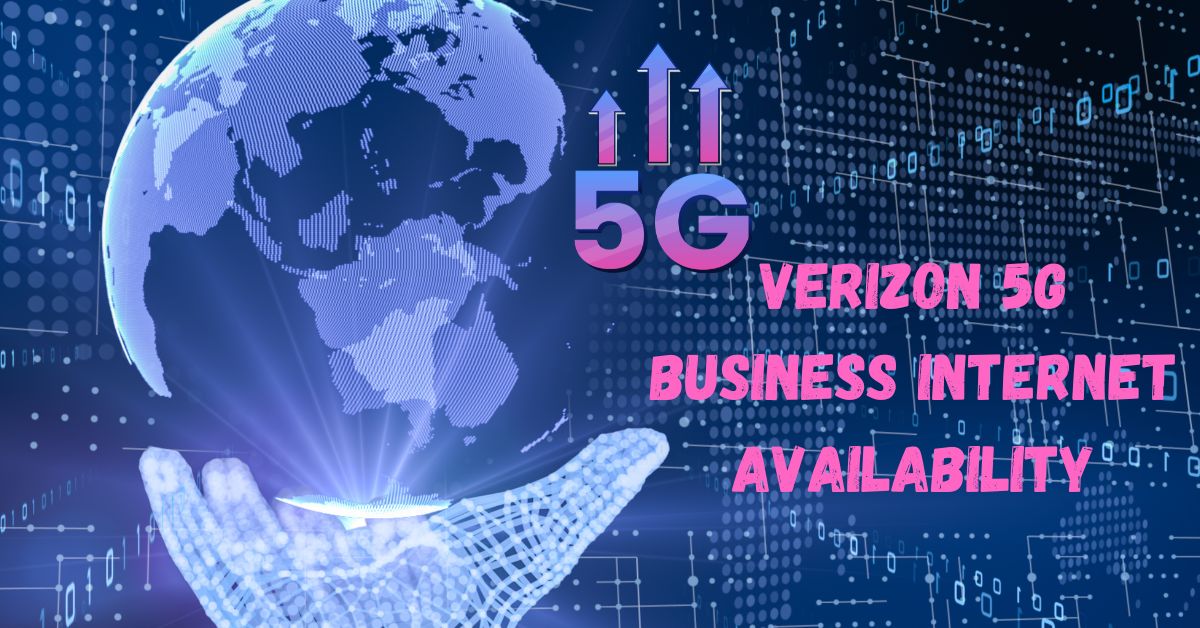In the rapidly evolving landscape of technology, the synergy between 5G and the Internet of Things (IoT) is transformative. As businesses and consumers increasingly rely on connected devices, the demand for quick, reliable data transfer has never been more pressing.
This is where 5G steps in, offering unprecedented speed, low latency, and enhanced connectivity to elevate IoT applications. But how exactly does 5G enable faster data transfer in IoT?
This article explores the key mechanisms behind 5G technology, the advantages it brings to IoT applications, and how this high-speed network is reshaping industries worldwide.
Key Takeaways
- Higher Frequency Bands and massive MIMO are critical factors behind 5G’s faster data transfer capabilities.
- Faster data transfer improves real-time processing, reliability, and energy efficiency in IoT applications.
- Key sectors impacted include healthcare, automotive, manufacturing, agriculture, and smart cities.
- The future of 5G in IoT promises more advanced applications in AR/VR, edge computing, and AI.
What Makes 5G Faster Than Previous Generations?
5G technology outpaces its predecessors—3G and 4G—by implementing several innovative mechanisms, such as:
- Higher Frequency Bands: 5G operates on higher frequency bands, including the millimeter-wave (mmWave) spectrum, which supports much larger bandwidth and data rates. This results in faster data transfer across connected IoT devices.
- Massive MIMO (Multiple Input, Multiple Output): 5G networks use massive MIMO technology to increase network capacity and reduce congestion. More antennas on a single cell site enhance signal transmission, which is essential for handling the large volume of IoT data.
- Beamforming: This technique focuses signals in a specific direction rather than spreading them broadly, resulting in higher data transfer speeds and better connectivity for IoT devices.
- Network Slicing: With network slicing, 5G enables customized, high-speed connections tailored to specific IoT applications, ensuring each device has the bandwidth it requires.
These enhancements combine to create an ecosystem where data can be transferred at speeds up to 100 times faster than 4G, making real-time IoT applications possible.
Advantages of Faster Data Transfer for IoT Applications
The increased speed of 5G has a profound impact on IoT applications, benefiting various sectors:
- Real-Time Data Processing: In sectors such as healthcare and autonomous driving, real-time data is critical. 5G enables faster data transfer, allowing IoT devices to process and transmit data without delay, facilitating quicker responses and improved safety.
- Enhanced Reliability: With faster speeds and lower latency, 5G minimizes the risk of interruptions, which is vital for applications in remote monitoring, industrial automation, and emergency services.
- Improved Energy Efficiency: Higher data transfer speeds reduce the time that IoT devices spend transmitting data, resulting in lower power consumption and extended battery life for IoT devices, an essential factor for remote and portable IoT solutions.
- Scalability: Faster data transfer allows more devices to be connected to the network without compromising performance, enabling larger IoT deployments in smart cities, agriculture, and industrial environments.
How 5G Empowers Key IoT Sectors
1. Healthcare
5G’s speed enables connected devices in healthcare to transmit patient data instantaneously, supporting applications like remote diagnostics, real-time patient monitoring, and telemedicine. Faster data transfer helps doctors make quicker, data-driven decisions and enhances patient outcomes.
2. Automotive and Transportation
The transportation sector heavily relies on real-time data for autonomous vehicles and traffic management systems. With 5G, connected vehicles can share data at ultra-fast speeds, allowing for rapid decision-making, collision avoidance, and synchronized traffic flows.
3. Manufacturing
In manufacturing, 5G-enabled IoT devices streamline operations through real-time monitoring and predictive maintenance. Faster data transfer enables quick adjustments, reducing downtime and maximizing efficiency in the production process.
4. Agriculture
Agriculture benefits from 5G-enabled IoT in precision farming. Real-time data from connected sensors helps farmers monitor soil health, track weather patterns, and optimize crop growth, improving yields and reducing costs.
5. Smart Cities
Smart city applications, including public safety, environmental monitoring, and traffic control, require reliable and fast data transfer. With 5G, city infrastructure can handle higher data volumes from numerous IoT devices, creating safer and more efficient urban environments.
Future Implications of 5G in IoT
The introduction of 5G is setting a new standard for IoT applications, positioning industries for more advanced applications, such as:
- Augmented and Virtual Reality (AR/VR): Faster data speeds enable immersive AR/VR experiences for applications in training, remote assistance, and education.
- Edge Computing Integration: Combining 5G with edge computing allows IoT devices to process data locally, improving response times and reducing latency further.
- AI-Driven IoT Applications: 5G enables IoT devices to send data at faster speeds, empowering artificial intelligence (AI) models to make real-time predictions in applications like supply chain management and predictive maintenance.
FAQs
How much faster is 5G compared to 4G for IoT applications?
5G can achieve speeds up to 100 times faster than 4G, which significantly enhances data transfer for IoT applications.
Is 5G necessary for all IoT devices?
Not all IoT devices require 5G speeds. Low-power applications, like basic sensors, may still rely on 4G or LPWAN. However, high-demand applications benefit greatly from 5G.
Can 5G reduce power consumption in IoT devices?
Yes, by enabling faster data transfer, 5G reduces the time IoT devices spend on data transmission, leading to improved battery life.
Final Thoughts
5G technology marks a pivotal advancement in the world of IoT, enabling faster data transfer rates that open doors to new possibilities across diverse industries.
As 5G networks continue to expand, IoT applications will only grow in capability and scale, driving innovation, improving efficiencies, and delivering experiences that were once the stuff of science fiction.
For industries seeking to harness the power of real-time data and interconnectivity, 5G-enabled IoT represents the future of smart, efficient operations. For more 5g Internet information check the internetgainer.



